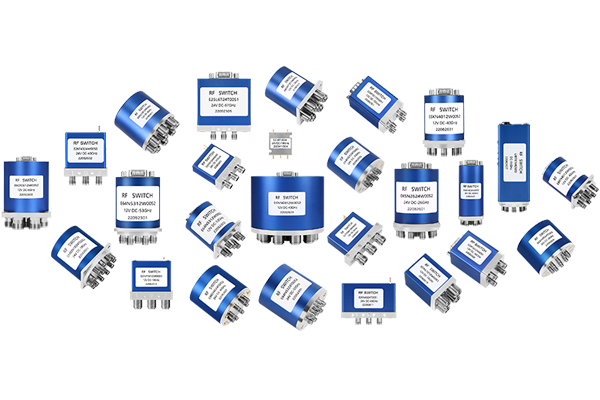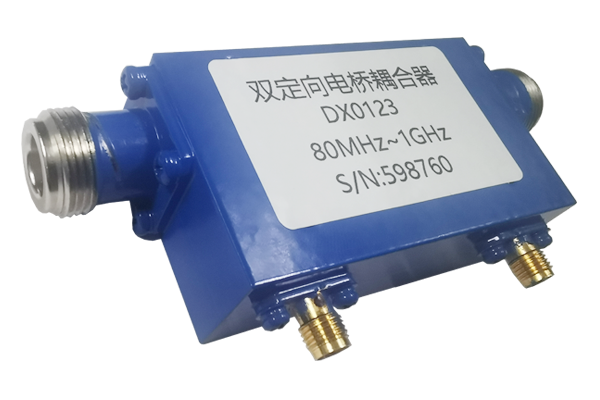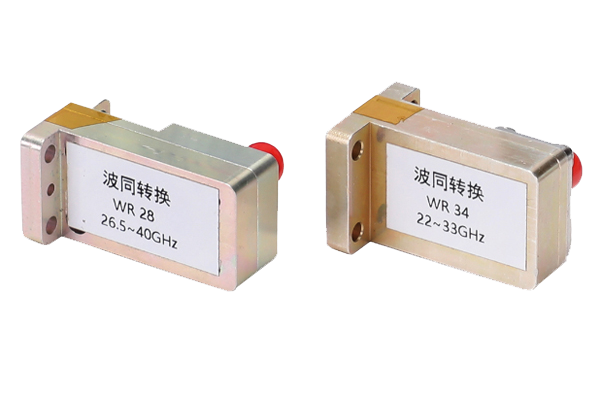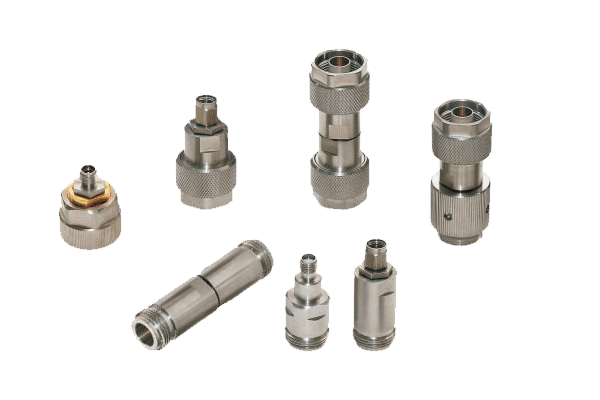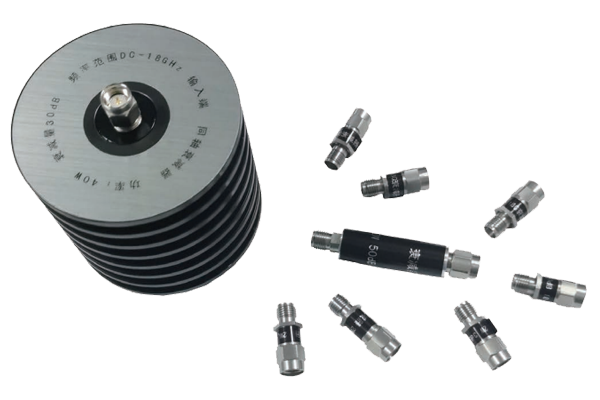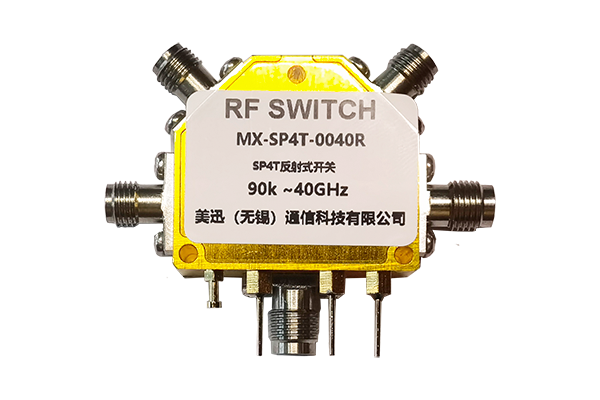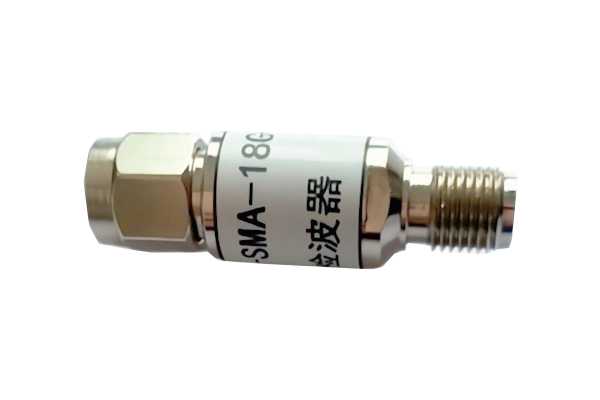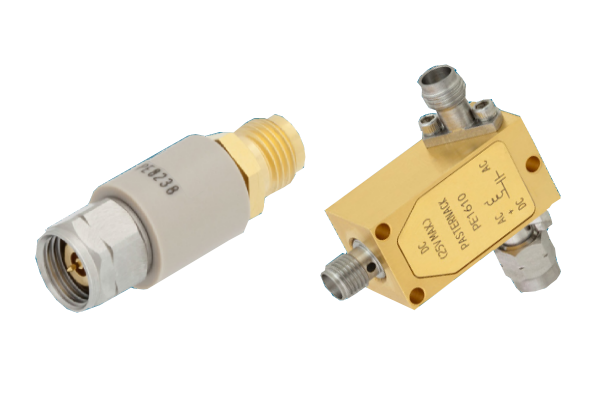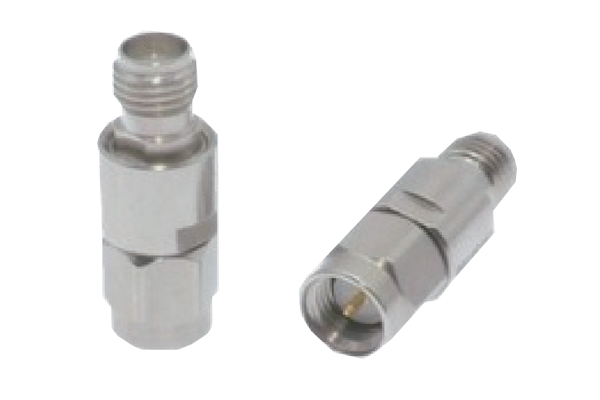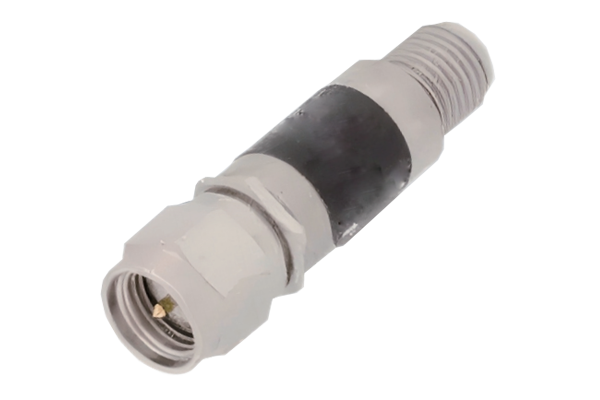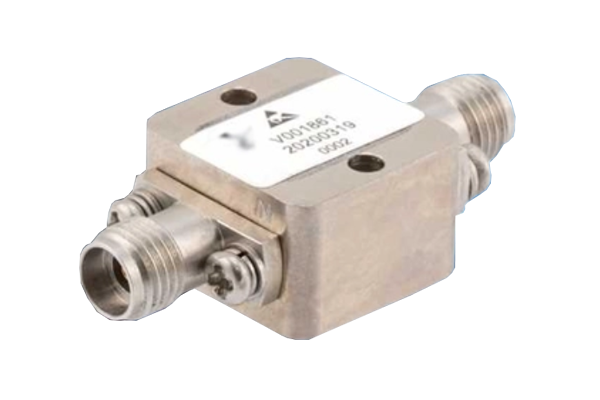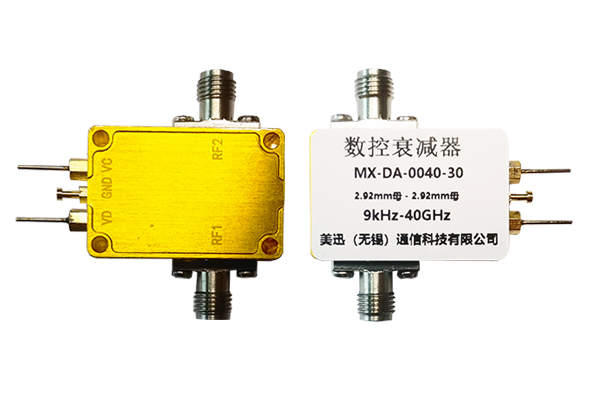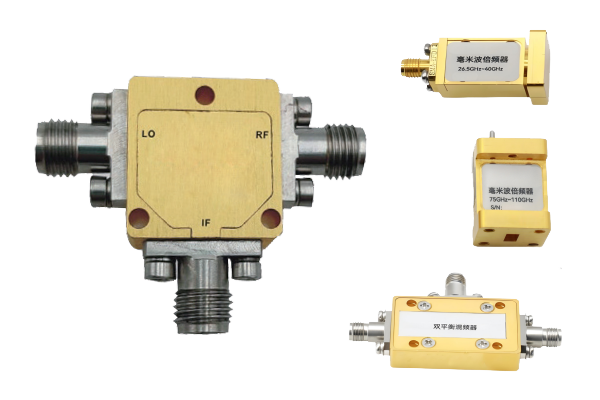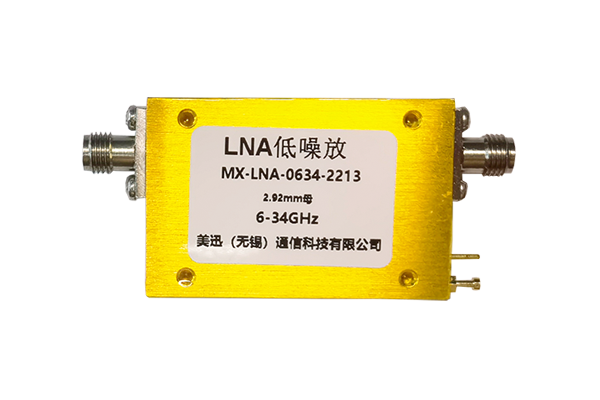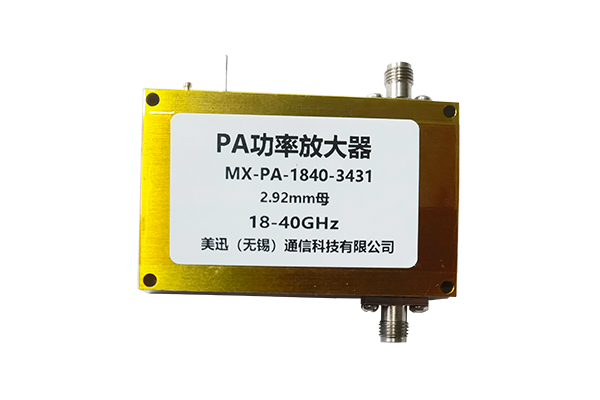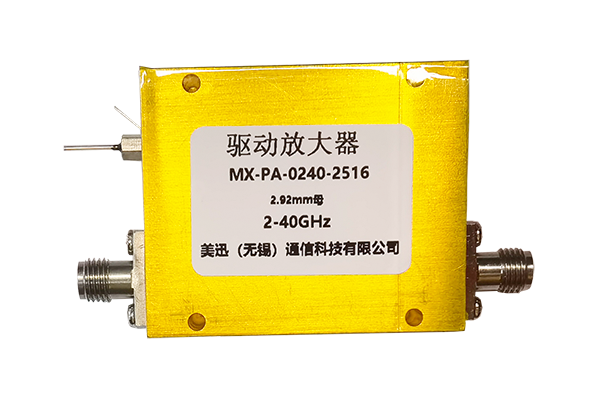Selection of low-noise amplifier in low-temperature environment
Noise performance: Low temperature will affect the noise characteristics of the amplifier, and an LNA that can maintain a low noise figure at low temperatures should be selected. For example, some LNAs based on gallium arsenide (GaAs) field-effect transistors can have a noise figure of less than 2 dB at low temperatures, which can effectively suppress environmental noise and are suitable for low-temperature systems with stringent noise requirements, such as radio astronomy detection, superconducting quantum computing, and other fields.
Gain characteristics: Ensure that the LNA has stable and sufficient gain in a low-temperature environment. Generally speaking, select an LNA with high gain flatness in the operating frequency band to ensure consistent amplification capabilities for signals of different frequencies. For example, some low-temperature LNAs have a small signal gain greater than 28dB in the 3-8GHz frequency band, which can meet the signal amplification requirements.
Temperature stability: The performance of the amplifier may drift at low temperatures, so an LNA with good temperature stability should be selected. Some LNAs with special designs or materials can maintain good performance stability in low-temperature environments and reduce parameter fluctuations caused by temperature changes.
Power consumption: In low-temperature environments, it may be relatively difficult to dissipate heat in the system, so low-power LNAs are an important choice. Low power consumption can not only reduce the heat generation of the system, but also reduce the requirements for power supply and improve the overall efficiency of the system. For example, SIQA-LNA1.0 developed by Shenzhen International Quantum Research Institute consumes less than 34mW at 4K ambient temperature, which is suitable for low-temperature environments.
Bandwidth: Select LNA with appropriate bandwidth according to specific application requirements. If it is used for broadband signal processing, such as multi-band signal reception in wireless communication, a broadband LNA needs to be selected; for narrowband signals, such as sensor signal amplification of a specific frequency, a narrowband LNA can be selected to improve the selectivity and anti-interference ability of the signal.



